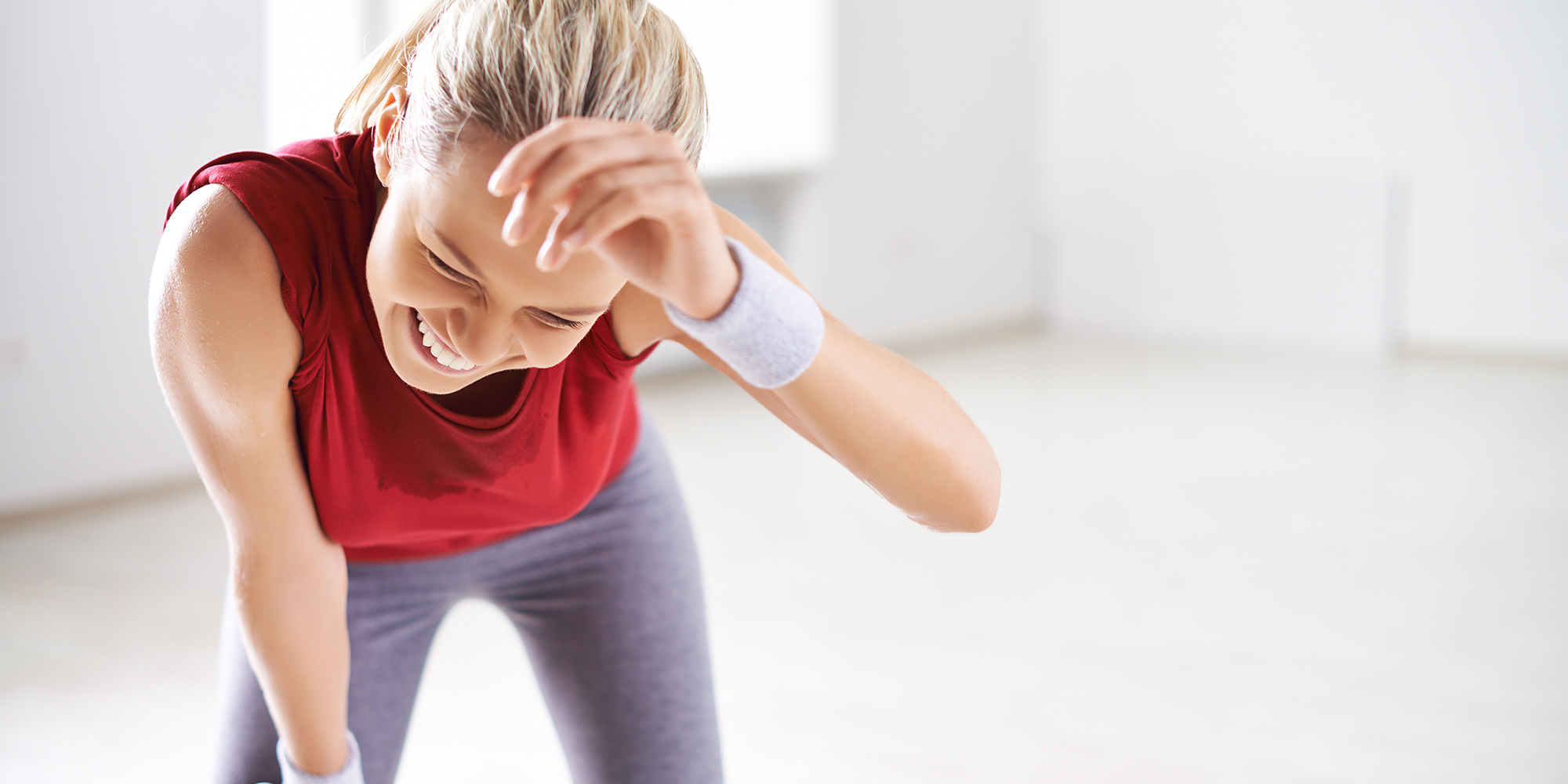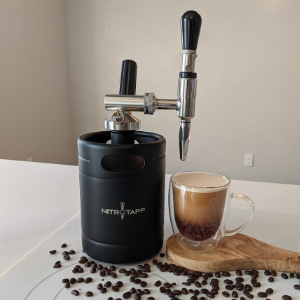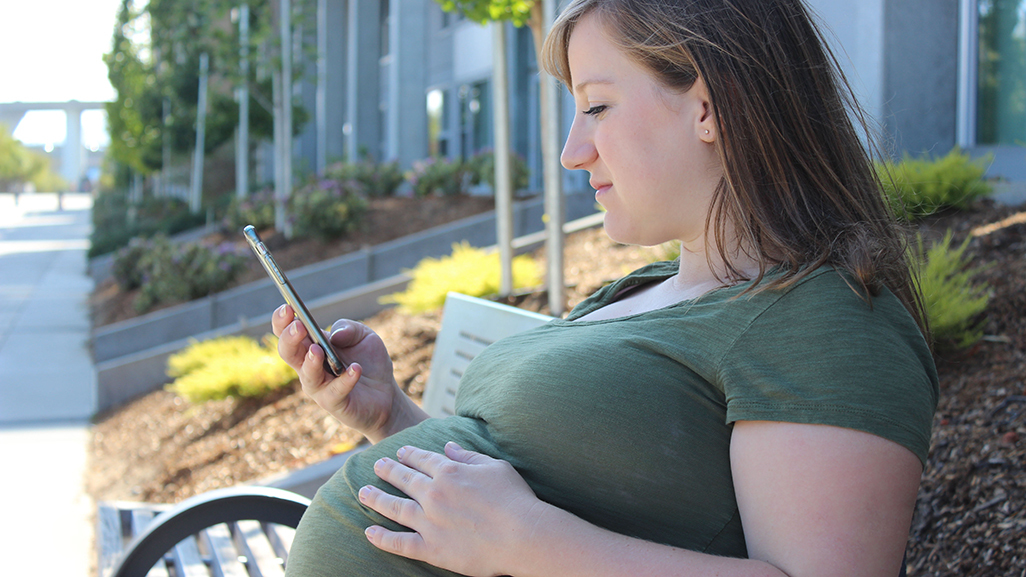
For beginners who are trying to lose weight, it is essential to burn more calories than what you eat. A pound of fat equals approximately 3,500 calories. So, if you are trying to lose half a pound per week, you will need to burn 1,800 calories. Due to their overweight status, most people eat more calories than they need every day. This means that you may burn fewer calories initially than you really need in order to lose weight. Running can also cause you to feel more tired and fatigued that you actually are.
Creating a calorie deficit
It is possible to safely lose weight by running in a calorie deficit. To lose about one pound per week, you need to consume between 4 and 6 hundred calories each day. It is a good rule to aim for a minimum of one pound per week. Even then, keep in mind that running requires a large amount of energy. These steps will assist you in reaching your goal weight, and maintaining it.

Warm up
To avoid injury and maximize your running performance, it is important to warm up before you start running. The warm-up consists of three parts. The general phase improves blood flow and body temperature. This prepares the muscles for greater flexibility and better oxygenation. This phase involves activating the nervous systems and running-specific biomechanics. The heart rate rises and the muscles become more flexible and responsive.
HIIT training
HIIT runs are great for building endurance and speed, but they aren't suitable for complete beginners or for recovering from an injury. To improve strength and endurance, beginner should first do total body strength training. Then they can move on to HIIT. Beginners should also start slowly, and only increase intensity when they have recovered from an injury or feel strong enough. If you're new to running and are looking to lose some pounds, HIIT workouts are a great way to add some variety to your running routine.
Keep a journal
Journaling about your weight loss efforts has many benefits. Not only does it allow you to track progress, but it also allows you to gain a new perspective regarding your food intake. You can also keep track and monitor other healthy habits like sleep and water consumption by keeping a fitness journal. It may sound like a boring task, but it will make losing weight and keeping fit fun. These are some of the ways you can keep a running journal:
Stretching
Stretching while running can be a great way to avoid injury, especially for beginners. This is especially important for runners, who tend to suffer from lower back pain from poor recovery after their runs. For this simple stretch, lay flat on the ground. Bend forward at your waist. Keep your arms at shoulder width. Now, lift your left leg up and move it down. For 30 seconds, hold the position. This stretch targets the muscles responsible for swinging your arms during running.

Diet
Running can burn calories, which you may already know. You may not know that there are many types of running workouts. These include interval training, tempo running and long distance running. Tempo runs are not appropriate for weight loss because they require you to maintain a high pace for long periods. However, if you are serious about losing weight, you can try this type of workout. The speed increases the number of calories burned.
FAQ
What can I drink during intermittent fasting in the morning?
Get water in the morning. It will help you feel fuller, faster, and it will give you energy throughout your day. For more flavor, add lemon juice and cucumber slices.
What can I eat while on intermittent fasting in order to lose weight?
Cutting out carbs is the best way to lose weight. This means eliminating carbohydrate-based foods such as pasta, bread, rice, potatoes, or other carbohydrate food.
Protein will also keep you fuller for longer so try to limit how much you eat. So you won't feel hungry as often.
Instead, focus on foods that contain healthy fats, such as olive oil, avocado, nuts, and seeds. These foods can keep you satisfied for hours after they are eaten.
It's important to make sure you're drinking plenty of water, too. Water helps you stay hydrated, which makes it easier to burn fat.
These foods may be what you crave when you eat fast. But that doesn't mean you have to give in to those cravings. You might gain more weight if you do.
Keep an eye on the amount of food you eat throughout the day to avoid overeating. If you feel hungry, drink water and not reach for another snack.
It might sound counterintuitive at first, but it has been shown that this can help you slim down. One study published in Obesity showed that plain water was more nutritious than sugary drinks.
In addition, drinking plain water helped reduce feelings of hunger. Drinking water is the best way to lose weight if you don't want sweetened beverages.
If you want to lose weight, you don't need to count every calorie or deprive yourself of certain foods. Instead, focus on making small changes to your lifestyle.
Start by switching your regular breakfast sandwich for a bowl oatmeal. Or swap your afternoon cookie for a piece of fruit.
These easy swaps can add up and help you lose weight without spending hours in the kitchen.
Can I eat fruit while on intermittent fasting
You can't go wrong with fruits. They are rich sources of vitamins, minerals. Fiber, antioxidants, as well other nutrients. However, they contain sugar, which can cause blood glucose to rise. This can lead to insulin resistance and weight gain. When you are trying to lose weight on an IF diet, make sure you eat low glycemic fruit such as apples, pears or berries.
Statistics
- Among women, the increase in metabolic rate was nearly 4%, or 50 more calories per day (14Trusted Source (healthline.com)
- According to Harvard Health, it's estimated that a 155-pound (70-kg) person burns around 167 calories per 30 minutes of walking at a moderate pace of 4 mph (6.4 km/h) (5). (healthline.com)
- According to Harvard Health, it's estimated that a 155-pound (70-kg) person burns roughly 112 calories per 30 minutes of weight training (5). (healthline.com)
- Another study found that 24 weeks of weight training led to a 9% increase in metabolic rate among men, which equated to burning approximately 140 more calories per day. (healthline.com)
External Links
How To
How do I lose belly fat fast?
You need to realize that losing belly fat can be difficult. It takes hard work and dedication. If you apply these tips, you'll see the results.
-
Eat Healthy Food. Healthy food is important. You should eat fruits, vegetables, whole grain, lean protein, nuts, seeds and legumes as well as fish, poultry and eggs. Avoid junk food.
-
Drink Water. Drinking water helps keep your body hydrated. This will make you feel fuller and more satisfied for longer periods. Get plenty of water every single day.
-
Cardio exercises. Cardio exercises are great for building muscle mass and helping you burn more calories. They improve heart health and metabolism. Cardio exercise should be done for 30 minutes each day.
-
Get enough rest. Sleep is crucial for maintaining good health. Anxiety and stress can lead to unhealthy habits, such as smoking and eating too much.
-
Reduce stress levels. Stress can affect our brain chemistry. When we are stressed, our bodies produce cortisol, a hormone that increases hunger pangs and cravings for high-calorie foods.
-
Take regular breaks. Take regular breaks throughout the day. Take a break and go outside to walk or take a nap. This gives your body and mind time to relax.
-
Avoid Alcohol Consumption. Alcohol is a waste of calories that slows down the body's ability to digest food. Avoid alcohol if you are trying to lose belly weight.
-
Have fun!